For all its wonder, the creative process often feels like navigating uncharted territory. There’s excitement in the unknown, a thrill in watching a blank page bloom with ideas. But, as J.R.R. Tolkien wisely observed, starting with a map can save writers from getting lost in the wilderness of their imagination. “I wisely started with a map and made the story fit,” Tolkien said, a piece of advice that resonates deeply with writers of all genres. It speaks to the importance of structure—of laying down markers before setting off on the literary journey.
His maps began Tolkien’s journey through The Lord of the Rings universe. He wasn’t merely mapping Middle-earth to add visual interest; he was drawing the boundaries of a world so intricate that readers could almost walk its roads. From the Shire to Mordor, each hill, forest, and river had a purpose, not only within the world’s geography but also in the story’s arc. The map wasn’t just a backdrop but a character of its own. Each path traveled reflected the plot’s evolution and its characters’ growth.
For writers today, the advice to “start with a map” can be applied in literal and metaphorical ways. On the surface, it could mean sketching out a physical landscape, as Tolkien did, grounding the story in a tangible world. But more broadly, it suggests the importance of planning and structure. Whether one writes fiction, non-fiction, or anything in between, having a roadmap—an outline, a plot arc, a character sketch—allows the story to flow with purpose. Without these guiding elements, it’s easy to drift into tangents, losing sight of the narrative’s end goal.
But, as Tolkien also demonstrated, the map is not the master. It’s a tool. In writing, a story may take unexpected turns—characters might demand more time, or a subplot may grow beyond its initial intention. Tolkien famously revised his maps as his story grew, reshaping Middle-earth as the narrative unfolded. Writers can take comfort in this: planning doesn’t restrict creativity; it enhances it. The map provides a foundation, but the story still has room to breathe, evolve, and surprise.
Beyond writing, this advice has straightforward applications for marketing. As many authors know, writing the book is only half the battle. Getting the story into the hands of readers requires strategy—another kind of map if you will. Just as writers plan their story arc, they must also plan their marketing journey. Writers who enter the world of book promotion without a plan often find themselves overwhelmed by the sheer number of paths to take—social media campaigns, book signings, newsletters, author websites, and more. With a clear marketing “map,” the journey becomes more manageable, more directed.
Let’s take Tolkien himself as an example. While he was famously reticent about the fame The Lord of the Rings brought him, his publisher was not. Behind the scenes, a meticulous marketing campaign gradually built the book’s reputation, making it one of the most beloved works of the 20th century. Tolkien may not have been the mastermind behind the marketing plan, but his work benefited from a carefully mapped-out strategy.
Modern writers can use this model by thinking about their readers as destinations. Who is the audience? Where can they be found? Which marketing tools—social media, podcasts, in-person events—will lead them to the book? In this sense, having a map doesn’t mean rigidly sticking to one path. Just as in storytelling, the marketing landscape may shift. A writer might discover an unexpected social media platform where their audience is more engaged or a speaking opportunity that opens doors to a new readership. Flexibility is key, but having a plan allows those detours to lead still somewhere meaningful.
There’s also a deeper emotional layer to Tolkien’s advice. By starting with a map, a writer doesn’t just anchor their story in a physical or structured space—they anchor themselves. Writing can be an isolating endeavor, full of self-doubt and uncertainty. Knowing a plan in place—even if it’s just a rough sketch of the plot or a target audience—can offer reassurance. It’s the equivalent of having a compass on a long journey: even when the way is unclear, there’s a guiding force that helps a writer find their way.
Tolkien’s quote serves as a reminder that structure and creativity are not opposing forces. A map, whether it’s of a fictional world or a marketing strategy, doesn’t constrain the story; it enables it to reach its fullest potential. Writers, like travelers, are free to explore, to take the scenic route, to follow unexpected paths—but starting with a map ensures that they never lose sight of where they’re headed.
Ultimately, every story is a journey, and every writer, like Tolkien, must be both the architect and the explorer. The map is merely the beginning. What follows is the adventure.
By embracing Tolkien’s wisdom, writers can learn to balance planning with creativity, structure with flexibility, and writing with marketing. The journey may be long, but with a map in hand, it’s worth taking.
We Don’t Want to Write the Laws; We Want to Publish the Books
Publication Consultants: The Synonym for Book Publishing—https://publicationconsultants.com




 This is Publication Consultants’ motivation for constantly striving to assist authors sell and market their books. Author Campaign Method (ACM) of sales and marketing is Publication Consultants’ plan to accomplish this so that our authors’ books have a reasonable opportunity for success. We know the difference between motion and direction. ACM is direction! ACM is the process for authorpreneurs who are serious about bringing their books to market. ACM is a boon for them.
This is Publication Consultants’ motivation for constantly striving to assist authors sell and market their books. Author Campaign Method (ACM) of sales and marketing is Publication Consultants’ plan to accomplish this so that our authors’ books have a reasonable opportunity for success. We know the difference between motion and direction. ACM is direction! ACM is the process for authorpreneurs who are serious about bringing their books to market. ACM is a boon for them. Release Party
Release Party Web Presence
Web Presence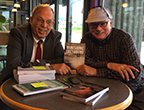 Book Signings
Book Signings Facebook Profile and Facebook Page
Facebook Profile and Facebook Page Active Social Media Participation
Active Social Media Participation Ebook Cards
Ebook Cards The Great Alaska Book Fair: October 8, 2016
The Great Alaska Book Fair: October 8, 2016


 Costco Book Signings
Costco Book Signings eBook Cards
eBook Cards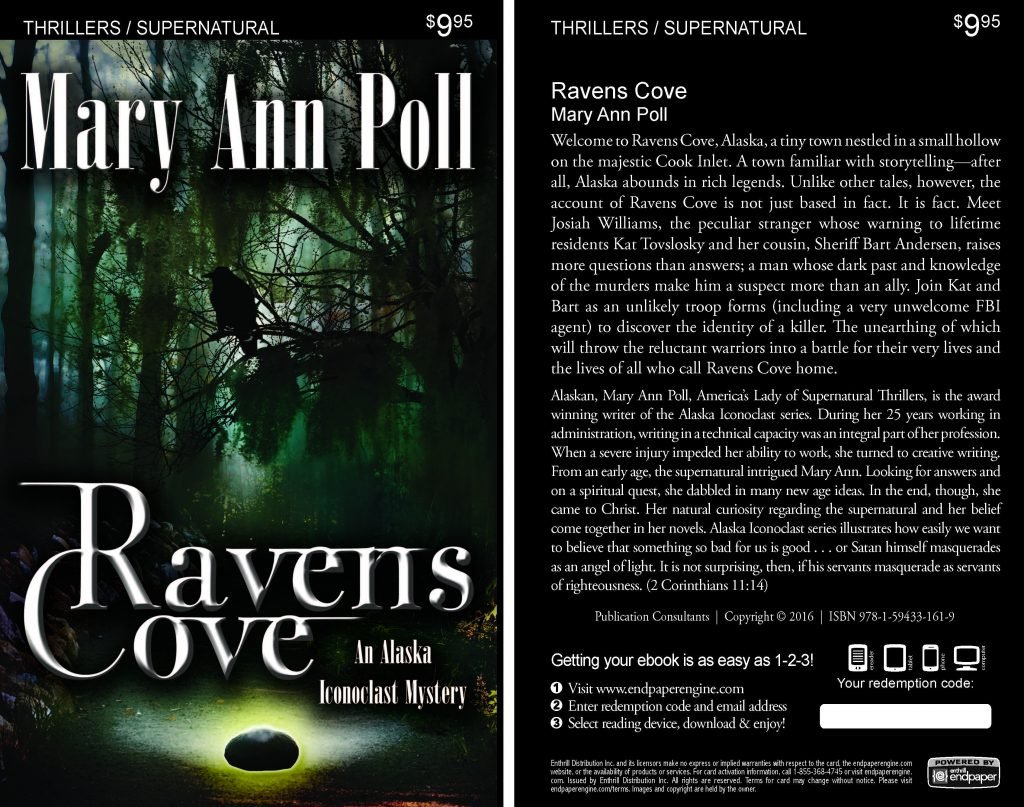

 Benjamin Franklin Award
Benjamin Franklin Award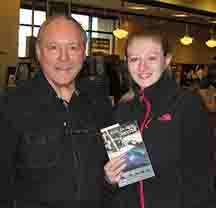 Jim Misko Book Signing at Barnes and Noble
Jim Misko Book Signing at Barnes and Noble
 Cortex is for serious authors and will probably not be of interest to hobbyists. We recorded our Cortex training and information meeting. If you’re a serious author, and did not attend the meeting, and would like to review the training information, kindly let us know. Authors are required to have a Facebook author page to use Cortex.
Cortex is for serious authors and will probably not be of interest to hobbyists. We recorded our Cortex training and information meeting. If you’re a serious author, and did not attend the meeting, and would like to review the training information, kindly let us know. Authors are required to have a Facebook author page to use Cortex. Correction:
Correction: This is Publication Consultants’ motivation for constantly striving to assist authors sell and market their books. ACM is Publication Consultants’ plan to accomplish this so that our authors’ books have a reasonable opportunity for success. We know the difference between motion and direction. ACM is direction! ACM is the process for authors who are serious about bringing their books to market. ACM is a boon for serious authors, but a burden for hobbyist. We don’t recommend ACM for hobbyists.
This is Publication Consultants’ motivation for constantly striving to assist authors sell and market their books. ACM is Publication Consultants’ plan to accomplish this so that our authors’ books have a reasonable opportunity for success. We know the difference between motion and direction. ACM is direction! ACM is the process for authors who are serious about bringing their books to market. ACM is a boon for serious authors, but a burden for hobbyist. We don’t recommend ACM for hobbyists.

 We’re the only publisher we know of that provides authors with book signing opportunities. Book signing are appropriate for hobbyist and essential for serious authors. To schedule a book signing kindly go to our website, <
We’re the only publisher we know of that provides authors with book signing opportunities. Book signing are appropriate for hobbyist and essential for serious authors. To schedule a book signing kindly go to our website, < We hear authors complain about all the personal stuff on Facebook. Most of these complaints are because the author doesn’t understand the difference difference between a Facebook profile and a Facebook page. Simply put, a profile is for personal things for friends and family; a page is for business. If your book is just a hobby, then it’s fine to have only a Facebook profile and make your posts for friends and family; however, if you’re serious about your writing, and it’s a business with you, or you want it to be business, then you need a Facebook page as an author. It’s simple to tell if it’s a page or a profile. A profile shows how many friends and a page shows how many likes. Here’s a link <> to a straight forward description on how to set up your author Facebook page.
We hear authors complain about all the personal stuff on Facebook. Most of these complaints are because the author doesn’t understand the difference difference between a Facebook profile and a Facebook page. Simply put, a profile is for personal things for friends and family; a page is for business. If your book is just a hobby, then it’s fine to have only a Facebook profile and make your posts for friends and family; however, if you’re serious about your writing, and it’s a business with you, or you want it to be business, then you need a Facebook page as an author. It’s simple to tell if it’s a page or a profile. A profile shows how many friends and a page shows how many likes. Here’s a link <> to a straight forward description on how to set up your author Facebook page.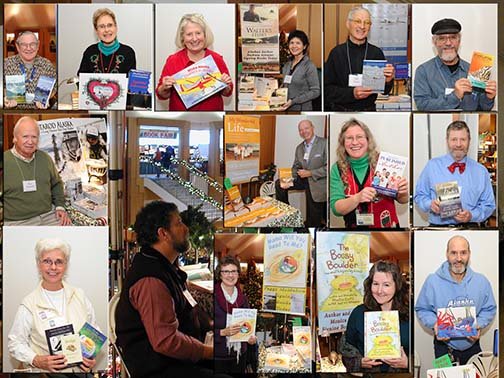



 Mosquito Books has a new location in the Anchorage international airport and is available for signings with 21 days notice. Jim Misko had a signing there yesterday. His signing report included these words, “Had the best day ever at the airport . . ..”
Mosquito Books has a new location in the Anchorage international airport and is available for signings with 21 days notice. Jim Misko had a signing there yesterday. His signing report included these words, “Had the best day ever at the airport . . ..”


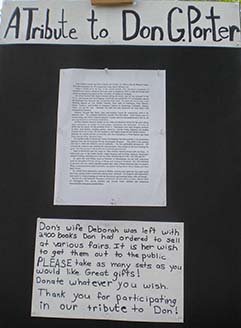
 The Lyin Kings: The Wannabe World Leaders
The Lyin Kings: The Wannabe World Leaders
 Time and Tide
Time and Tide


 ReadAlaska 2014
ReadAlaska 2014 Readerlink and Book Signings
Readerlink and Book Signings
 2014 Independent Publisher Book Awards Results
2014 Independent Publisher Book Awards Results

 Bonnye Matthews Radio Interview
Bonnye Matthews Radio Interview
 Rick Mystrom Radio Interview
Rick Mystrom Radio Interview When he published those overseas blogs as the book The Innocents Abroad, it would become a hit. But you couldn’t find it in bookstores.
When he published those overseas blogs as the book The Innocents Abroad, it would become a hit. But you couldn’t find it in bookstores. More NetGalley
More NetGalley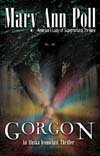 Mary Ann Poll
Mary Ann Poll
 Bumppo
Bumppo
 Computer Spell Checkers
Computer Spell Checkers Seven Things I Learned From a Foreign Email
Seven Things I Learned From a Foreign Email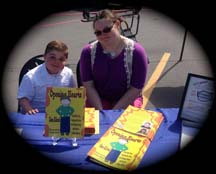 2014 Spirit of Youth Awards
2014 Spirit of Youth Awards Book Signings
Book Signings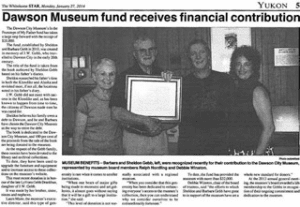

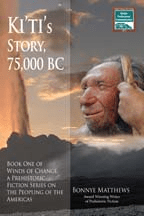
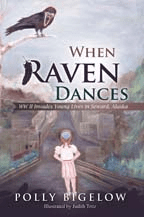 Blog Talk Radio
Blog Talk Radio Publication Consultants Blog
Publication Consultants Blog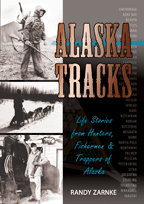 Book Signings
Book Signings

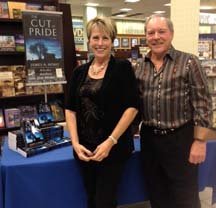

 Don and Lanna Langdok
Don and Lanna Langdok Ron Walden
Ron Walden Book Signings Are Fun
Book Signings Are Fun Release Party Video
Release Party Video
 Erin’s book,
Erin’s book,  Heather’s book,
Heather’s book,  New Books
New Books